The financial crisis at the University of Dundee has turned the spotlight on how the institution is funded.
With a turnover of £326 million, the university had more than 17,000 students studying there in 2022-23.
But unlike schools and colleges, Scotland’s universities are private institutions; they are not owned by local authorities or the Scottish Government.
And while a significant part of Dundee University’s income is made up of public funds, the majority of its revenue comes from elsewhere.
We take a look at exactly how the institution is funded as fears grow over the scale of job losses to fill the university’s £30 million deficit.
Public cash – 26.6%
The latest available accounts (2022-23) show around 26.6 per cent of Dundee University’s revenue came from Scottish Funding Council grants.
This is how the government funds Scottish students who pay no tuition fees.
The grant was worth £86.7m.
But the figure represented a cut of 2.7 per cent, meaning it cost to the university more to educate Scottish students than they received from the funding council – the government body responsible for higher education.
Tuition fees – 36.1%
Of the 17,365 students who came to Dundee to study in 2022-23, just over 10,000 were Scottish students who do not pay tuition fees.
The rest, international students and those from elsewhere in the UK, will likely have contributed something towards the cost of the education.
For highly-competitive subjects like medicine, international students can expect to pay more than £40,000 a year.
These fees made up around 36% of the institution’s income in 2022-23 – £117 million.
And it’s a drop international student recruitment that lies behind the universities financial troubles. The under-recruitment makes up £12.5 million of the total deficit.
Research grants and contracts – 24.2%
As well as teaching, research work is a crucial part of the work in Scottish universities like Dundee.
In 2022-23, income from these grants represented £78.9m of the university’s £326m turnover.
This money can come from government, trusts and charities, private companies and a variety of other sources.
At Dundee University, life sciences researchers carry out some of the most pioneering work in the world to discover the latest cutting-edge cancer drugs or treatments for conditions like Parkinson’s.
Last year, the UK Government announced nearly £30m would go to drug researchers to help with future breakthroughs.
The university has also made money from “spin outs” – investing in ideas in the hope it brings in extra cash.
In 2024, this investment in an artificial intelligence company created a windfall worth more than £40 million.
Donations and ‘other’ – 13.1%
Tens of millions come into the university every year in the form of donations and other income.
This can include support from graduates who wish to give back or endowments made after someone dies.
The university also receives income from scholarships and bursaries, as well as revenue from its residences and running events.
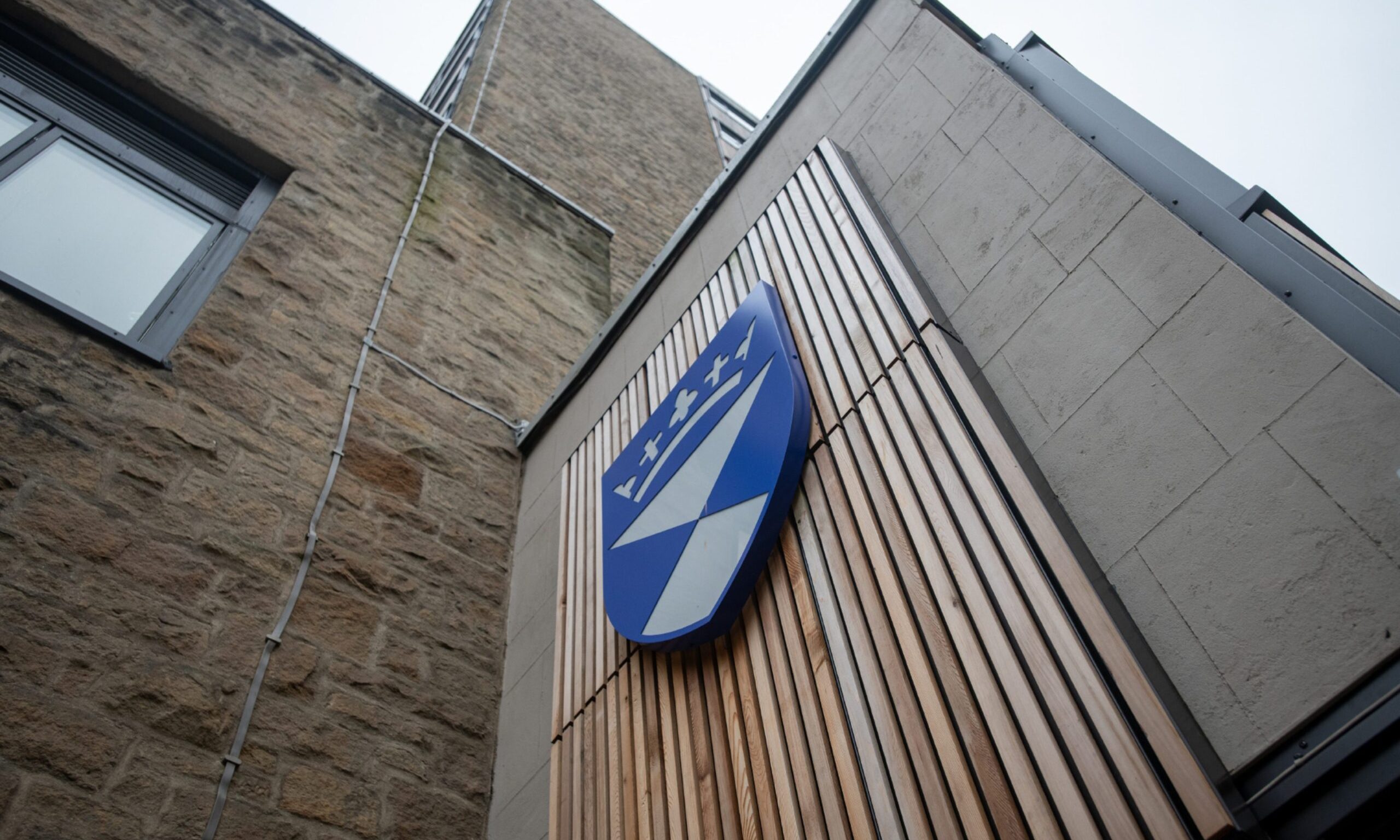
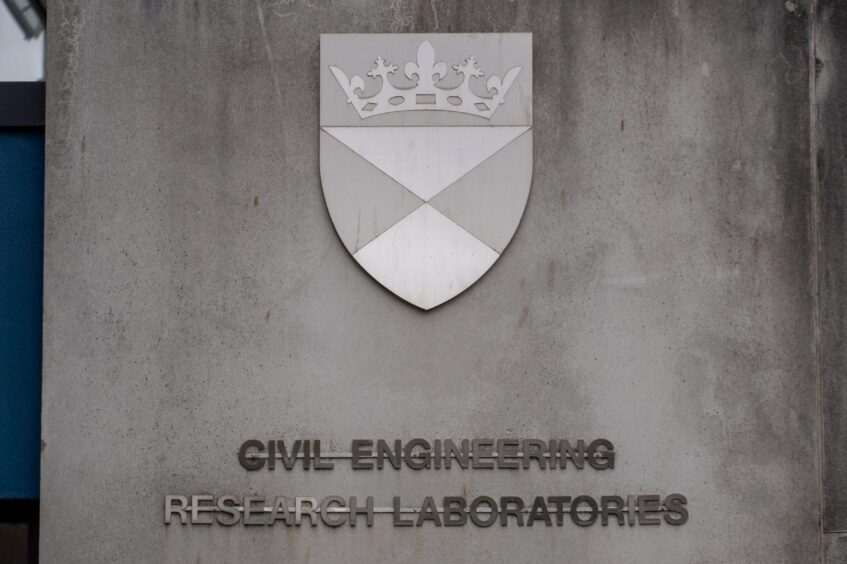
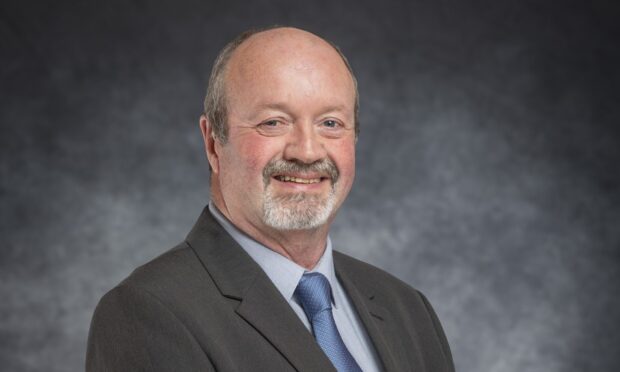
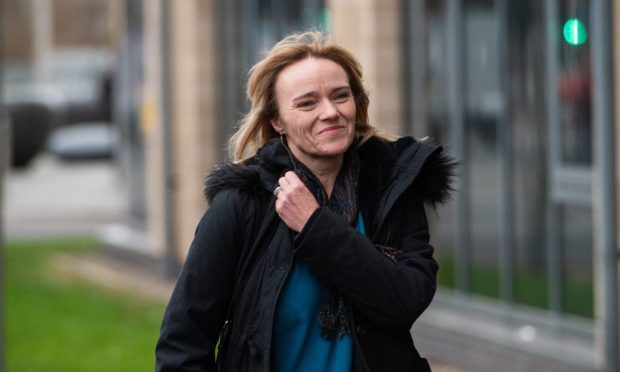
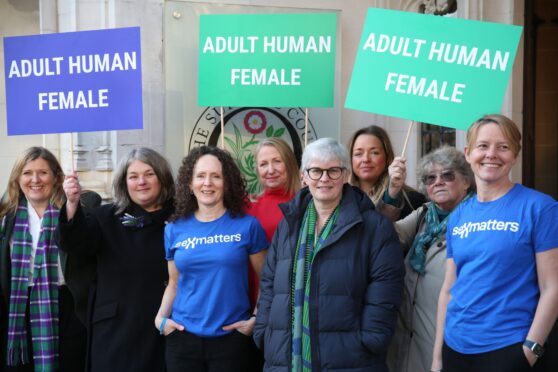
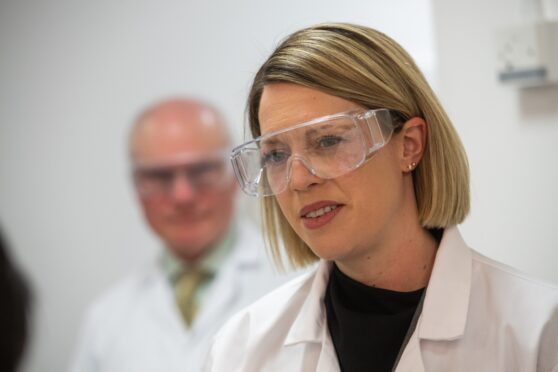
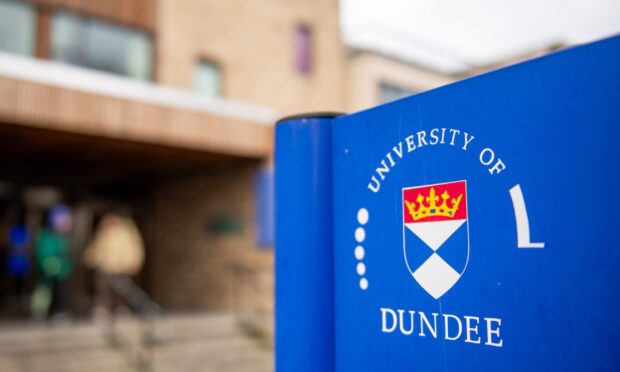
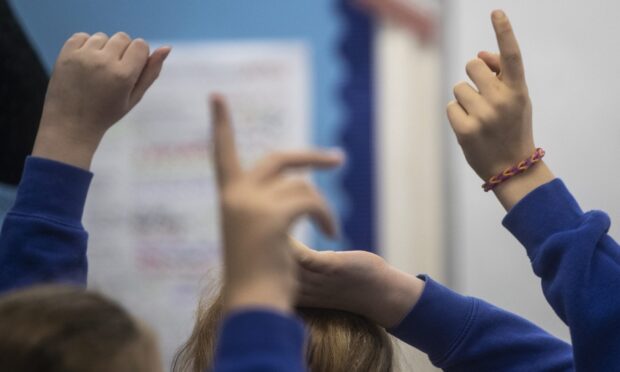
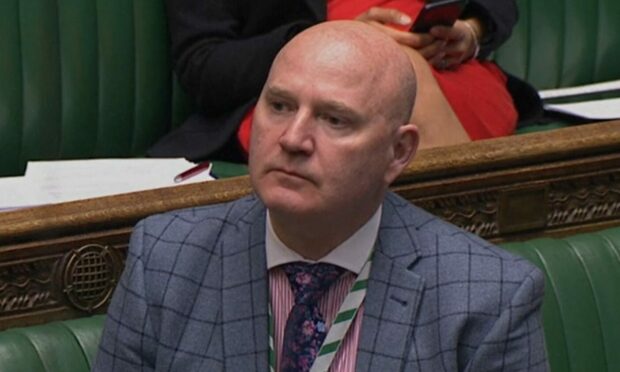
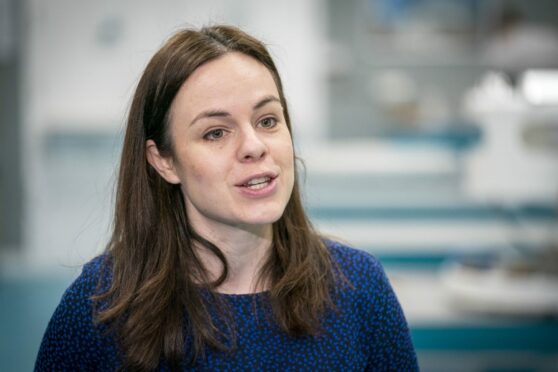
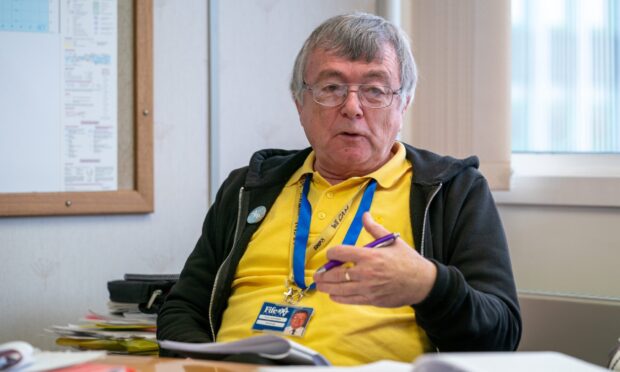
Conversation